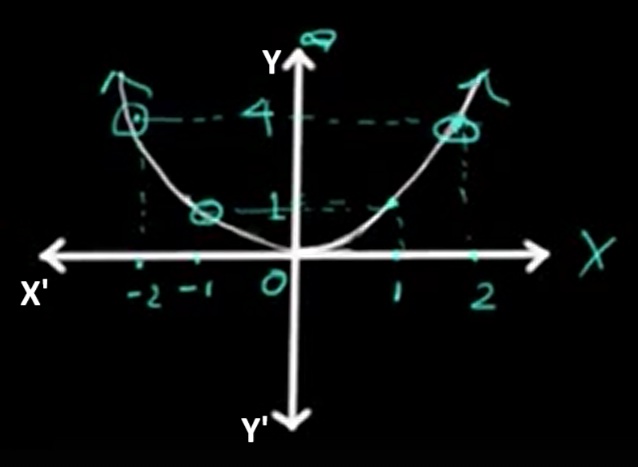The identity function is one of the simplest functions in mathematics. It is defined as: f(x) = x

The graph of the identity function is a straight line passing through the origin, with a slope of 1. Every point on the graph has coordinates where the input equals the output, such as (1,1), (2,2), and so on.
The function is defined for all real numbers. Domain: (-∞, ∞)
The output also includes all real numbers. Range: (-∞, ∞)
The squared function, also called the parabola function, is written as: f(x) = x²

The graph of this function is a U-shaped curve called a parabola. It is symmetric about the y-axis and opens upwards. As x moves away from 0, the y-values increase rapidly.
The function accepts all real numbers as input. Domain: (-∞, ∞)
Since squaring any real number results in a non-negative output, the function never produces negative values. Range: [0, ∞)
The identity and squared functions offer a foundation for understanding more complex mathematical concepts. The identity function represents direct proportionality, while the squared function introduces the idea of nonlinear growth. Studying their graphs helps learners visually grasp their unique behaviors.